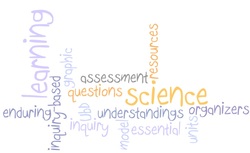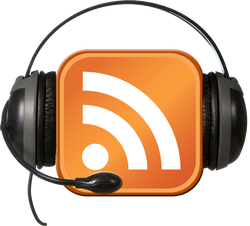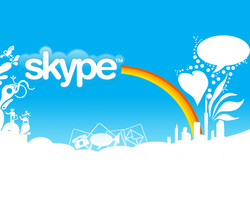
Inquiry Learning
Training to be a middle school science and social studies teacher I have observed both inside and outside the classroom the benefits and drawbacks of inquiry learning.
What is inquiry learning? Great question! It is the process of asking a question and seeking its truth. Unlike the scientific method, inquiry learning does not always fit into a sequential process; rather, the student has the opportunity to seek the knowledge however he or she see's best fit. Inquiry learning is the foundation of some schools, such as the STEM schools. While meaningful learning is highly achieved through inquiry, some teachers may believe inquiry learning to be best practiced periodically rather than continually.
Benefits
- Students take ownership of their work, therefore developing responsibility
- Students develop a genuine interest in their work
- Students become motivated
- Students create meaningful and enriching learning experiences
Drawbacks
- Requires a higher teacher-to-student ratio
- Time-consuming
- Expensive short-term and long-term cost
How can I use inquiry learning in my classroom?
I plan on using inquiry learning in my classroom through problem-based learning strategies, such as WebQuests, Podcast, and Skype.
What is a WebQuest?
Watch the video below to find out, and/or click on the WebQuest link!

Podcast
A podcast is a simple digital recording of one's voice. With podcast software, however, a teacher is able to record his/her voice and add images, websites, and music. Therefore, postcast gives educators a unique opportunity; to digitally take control of the classroom. That means lectures, group work assignments, research projects, and more!
How do I plan on using podcast in the classroom?
When first learning about podcast I automatically imagined using this technology if I was ever absent from school. By doing so, I could leave behind my virtual self, rather than being completely absent from the classroom. As the result, I can lecture, instruct, and hold my students accountable for their work that would be due (turned into the sub, submitted online, or saved to a file). All of this is possible thanks to Podcasting! Another possibility; students can complete a Jigsaw activity and report the info via podcast, then share it with the class. Rather than just reading their notes about their informational findings, students can be much more creative with podcasting, making learning meaningful and fun!
Below is a simple example of a podcast made by my classroom buddy Ashley and me. There are supposed to be images included, but they are not showing up for some reason. This was my very first podcast. however, so I have much time for growth! (;
A podcast is a simple digital recording of one's voice. With podcast software, however, a teacher is able to record his/her voice and add images, websites, and music. Therefore, postcast gives educators a unique opportunity; to digitally take control of the classroom. That means lectures, group work assignments, research projects, and more!
How do I plan on using podcast in the classroom?
When first learning about podcast I automatically imagined using this technology if I was ever absent from school. By doing so, I could leave behind my virtual self, rather than being completely absent from the classroom. As the result, I can lecture, instruct, and hold my students accountable for their work that would be due (turned into the sub, submitted online, or saved to a file). All of this is possible thanks to Podcasting! Another possibility; students can complete a Jigsaw activity and report the info via podcast, then share it with the class. Rather than just reading their notes about their informational findings, students can be much more creative with podcasting, making learning meaningful and fun!
Below is a simple example of a podcast made by my classroom buddy Ashley and me. There are supposed to be images included, but they are not showing up for some reason. This was my very first podcast. however, so I have much time for growth! (;
| bergman_kleese.m4a |
Below is a video that discusses several other creative ways a teacher may use Podcast in the classroom. Take a look!

Skype
Skype is a software that enables FREE video calls! This also means free conference calls as well.
How will I use Skype in my classroom?
Outside of the classroom, students can work together on an assignment via Google Docs and Skype; therefore, the students will never have to leave their home to work on a group project.
In the classroom, I can Skype authors, museum manages from around the world, field experts, famous historians, politicians, teachers and students from around the world, and much more! With Skype, TRUE collaboration is made possible. It is time to start thinking outside of the box that the field of education has molded itself into. THINK BIG, and SEE THROUGH.
Skype is a software that enables FREE video calls! This also means free conference calls as well.
How will I use Skype in my classroom?
Outside of the classroom, students can work together on an assignment via Google Docs and Skype; therefore, the students will never have to leave their home to work on a group project.
In the classroom, I can Skype authors, museum manages from around the world, field experts, famous historians, politicians, teachers and students from around the world, and much more! With Skype, TRUE collaboration is made possible. It is time to start thinking outside of the box that the field of education has molded itself into. THINK BIG, and SEE THROUGH.